Photogrammetric surveying of ships is a complex exercise due to the nature of the objects to be recorded. The advantage of a complete survey, as opposed to a half-hull survey, is that it allows the deformations of the structures to be identified, evaluated and diagnosed.
In the example below, the demonstration is made on a model. The principles and difficulties are identical to a 1:1 scale model, but with much better accessibility. For examples of real boats, see the following pages
http://www.keris-studio.fr/blog/?p=11270. Et http://www.keris-studio.fr/blog/?page_id=2438
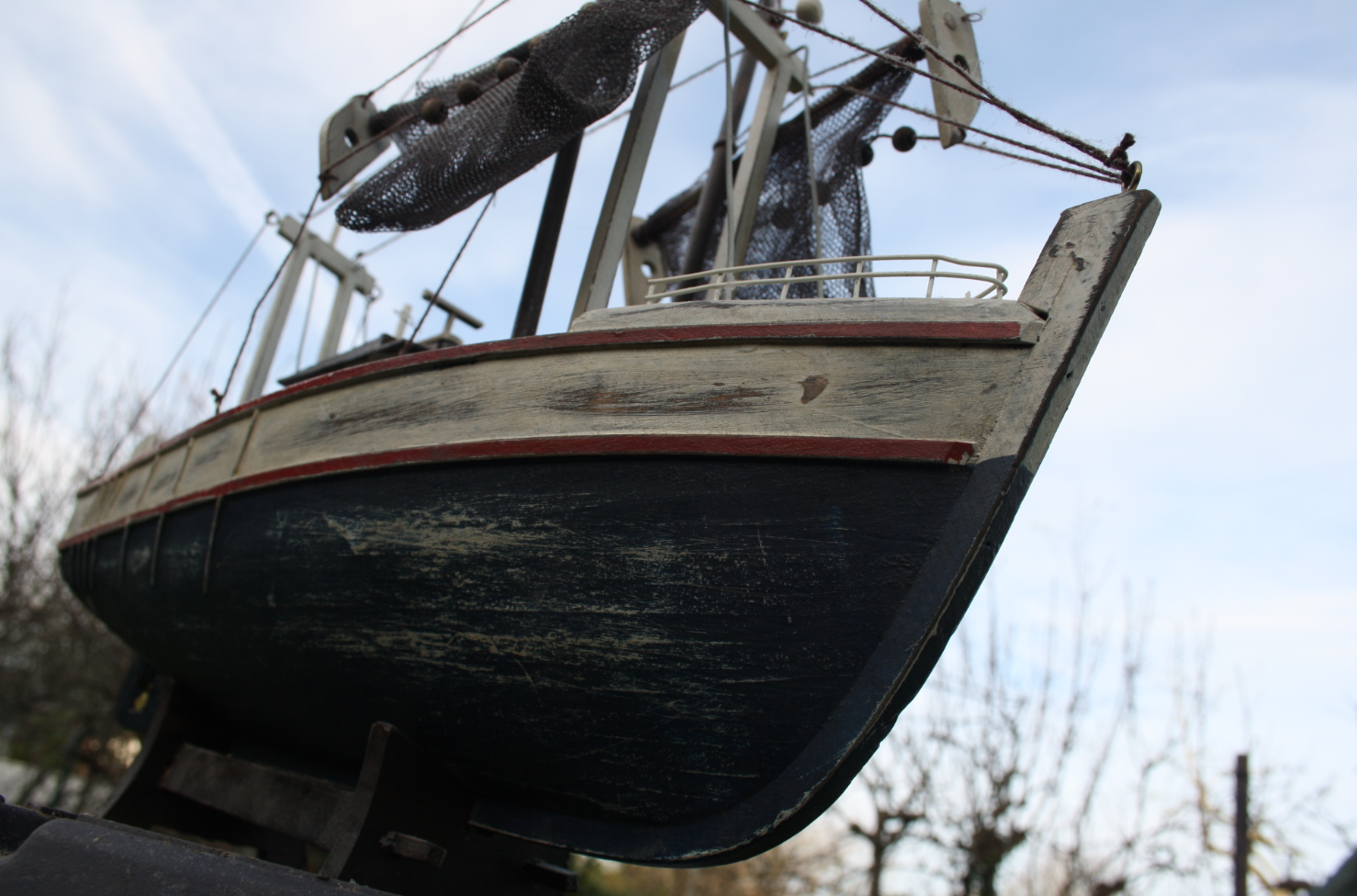
A series of 144 photos were made for this example. The photos are taken by rotating around the subject, taking care to have a coverage rate of 60% or more. Particular care must be taken with the coverage of the bow and stern.
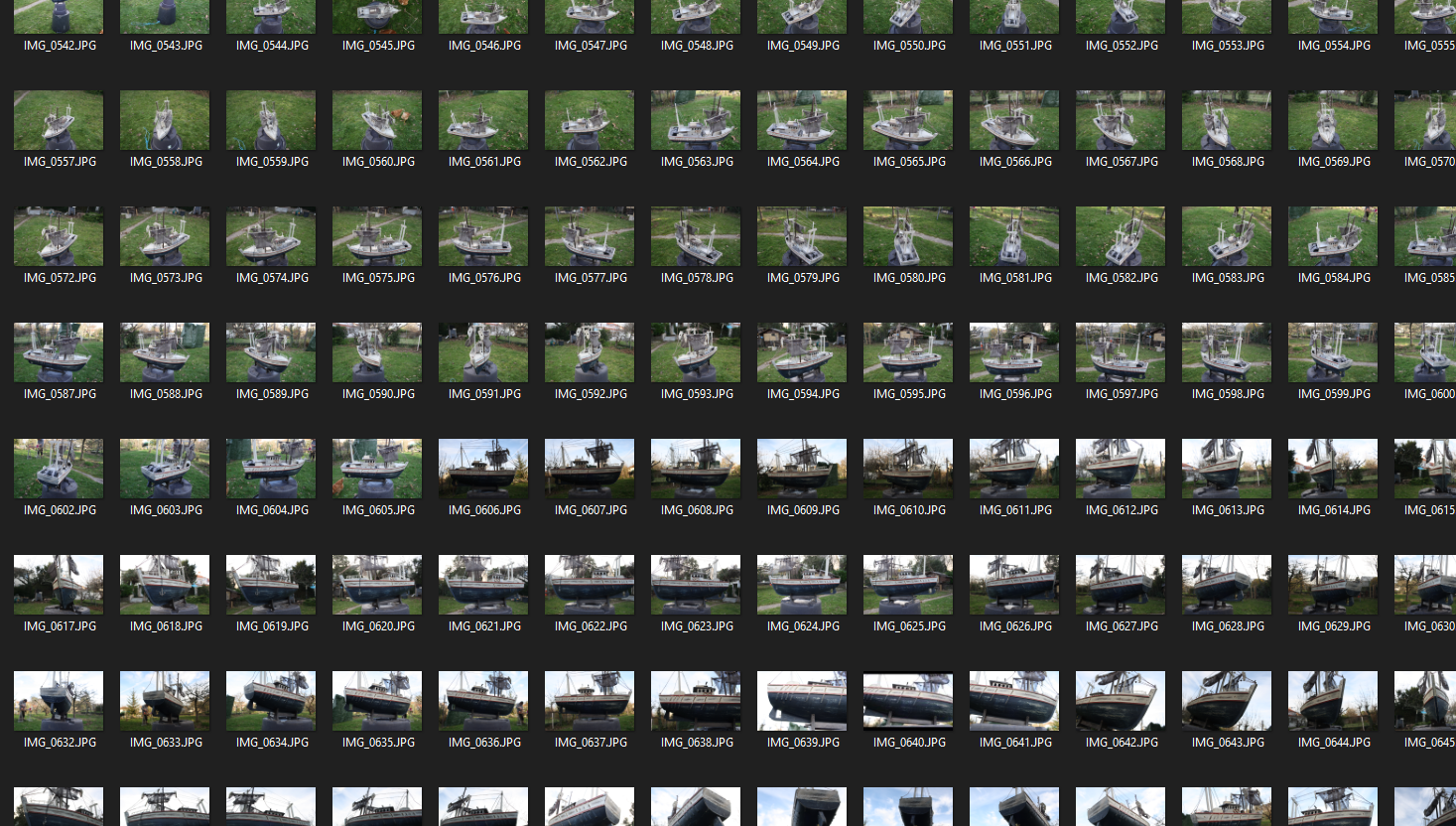
Autodesk Recap
Create a new Object
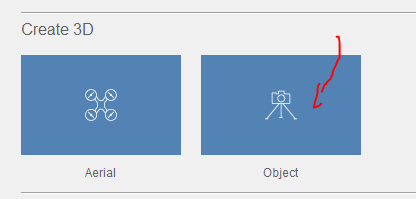
Select 100 photos
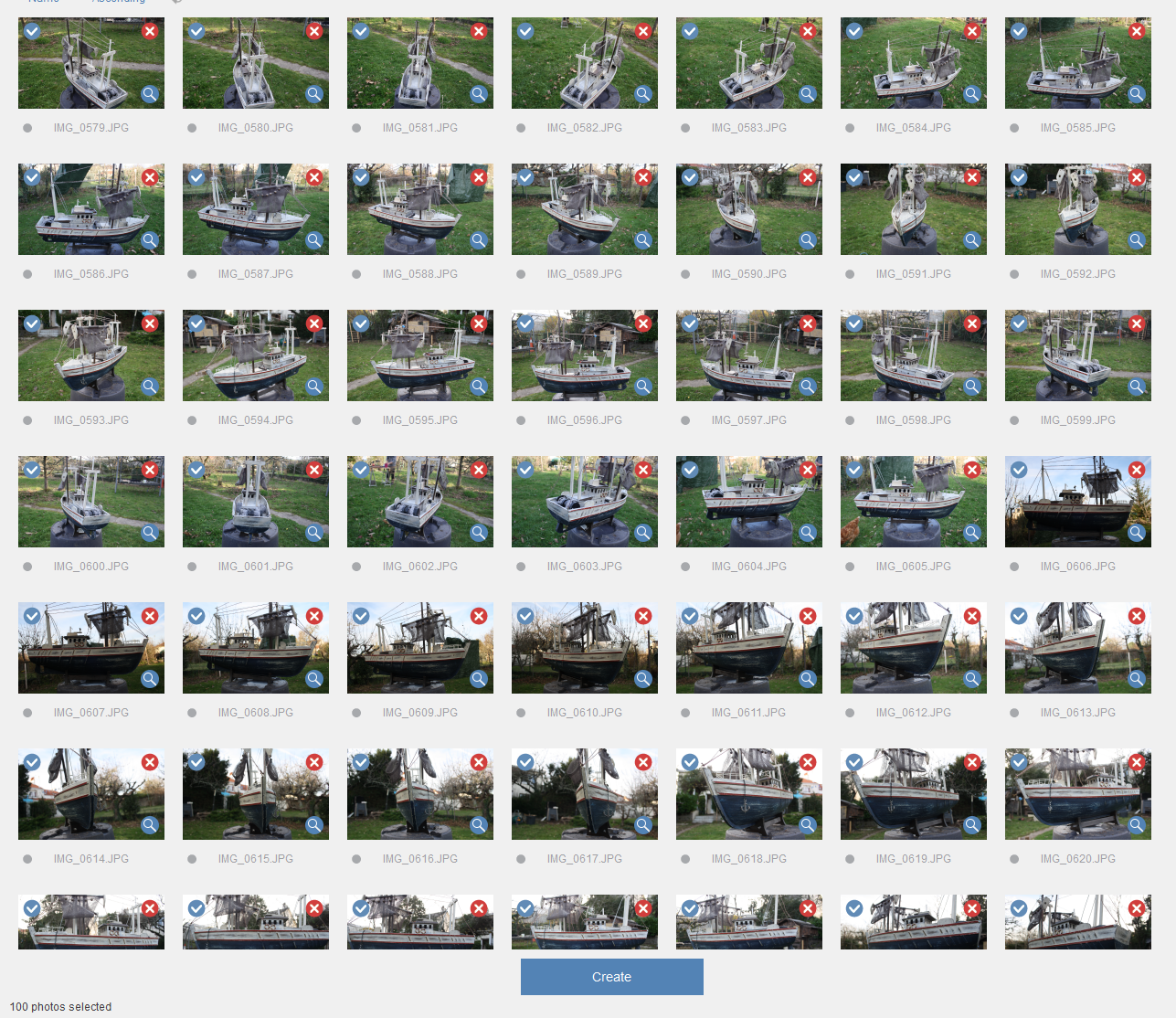
Give a name and press start
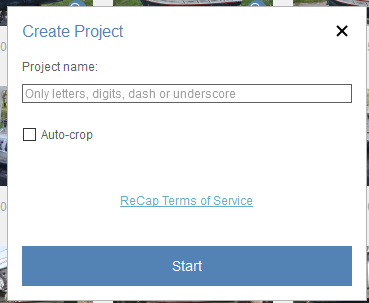
The photos are uploaled. The process is done remotely.
When done, the model can be downloaded
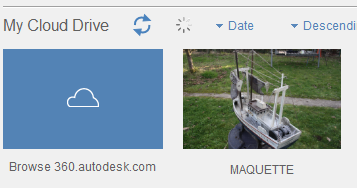
It appears in My Computer files
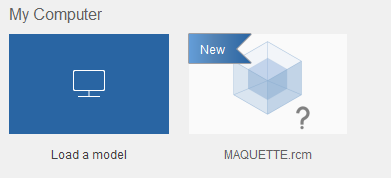
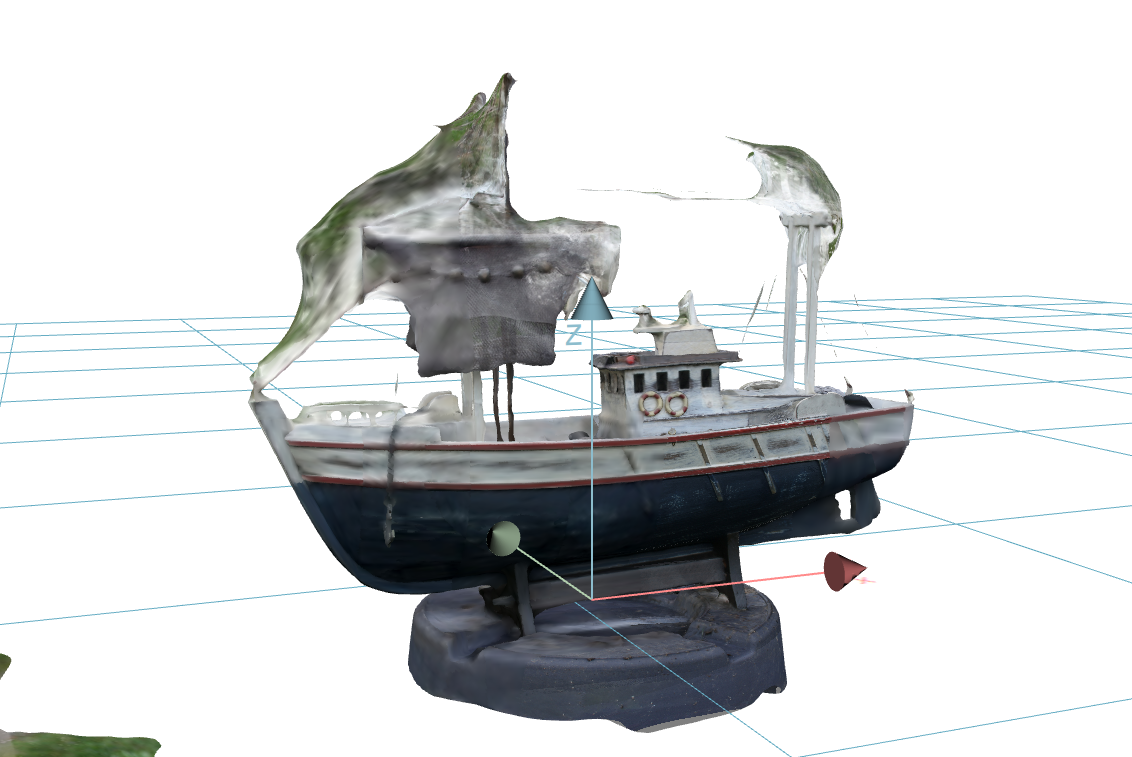
The model can be cleaned up
The meshing is very dense
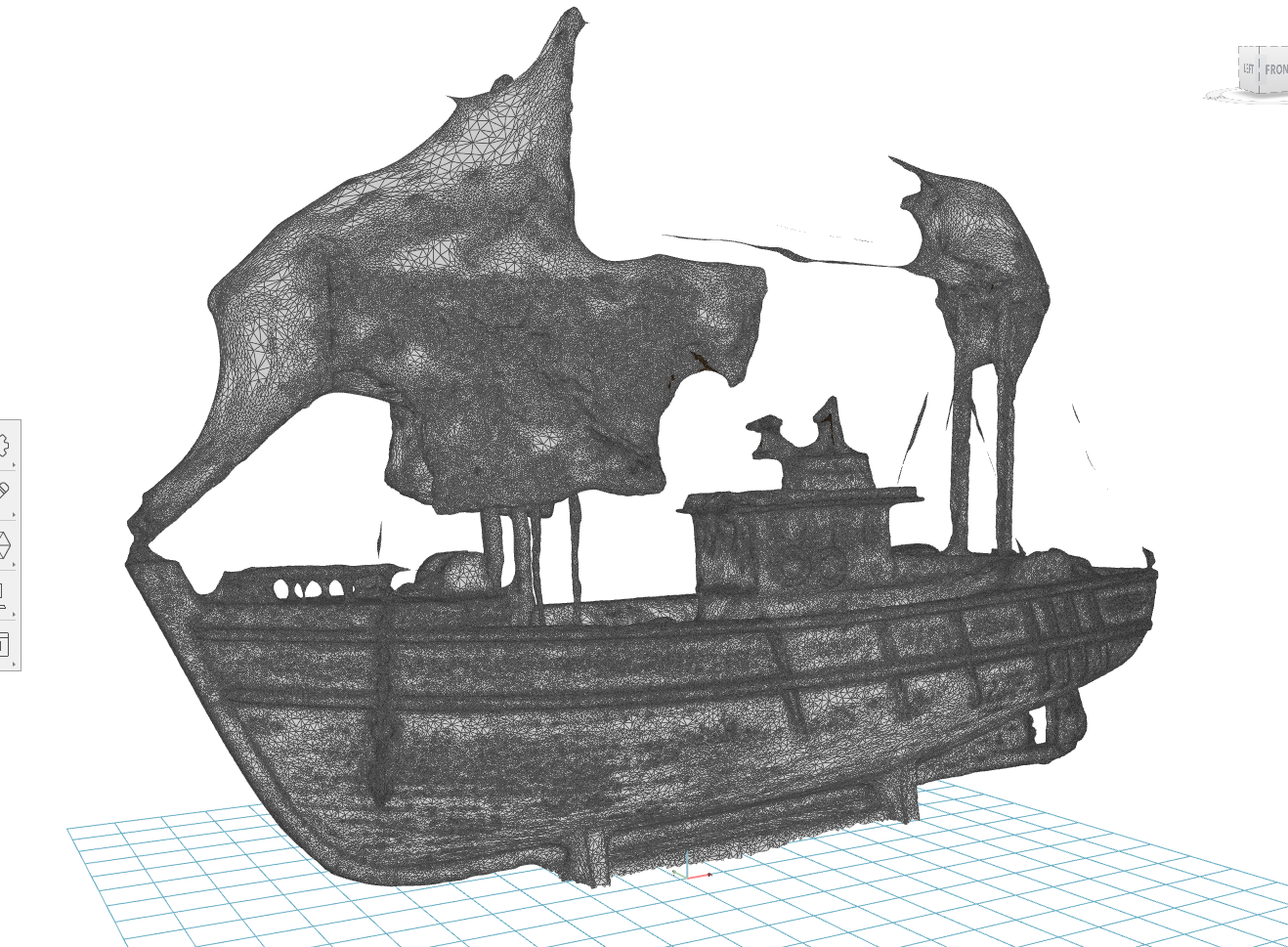
After clean up to be compared with the MetaMesh version.
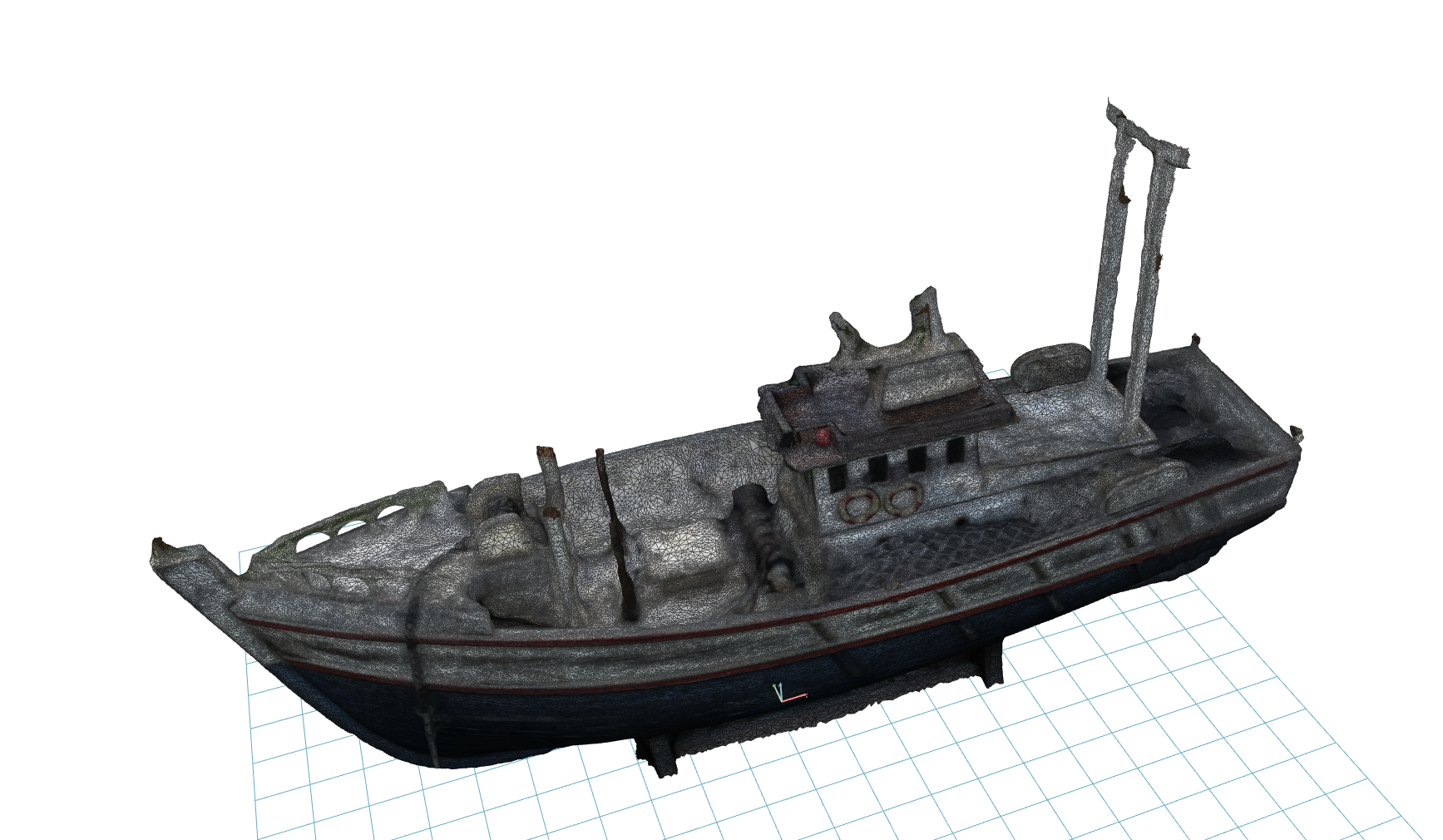
Exporting model
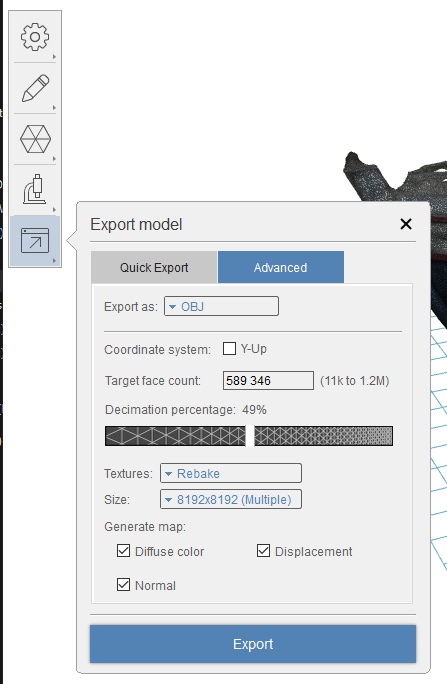
Result
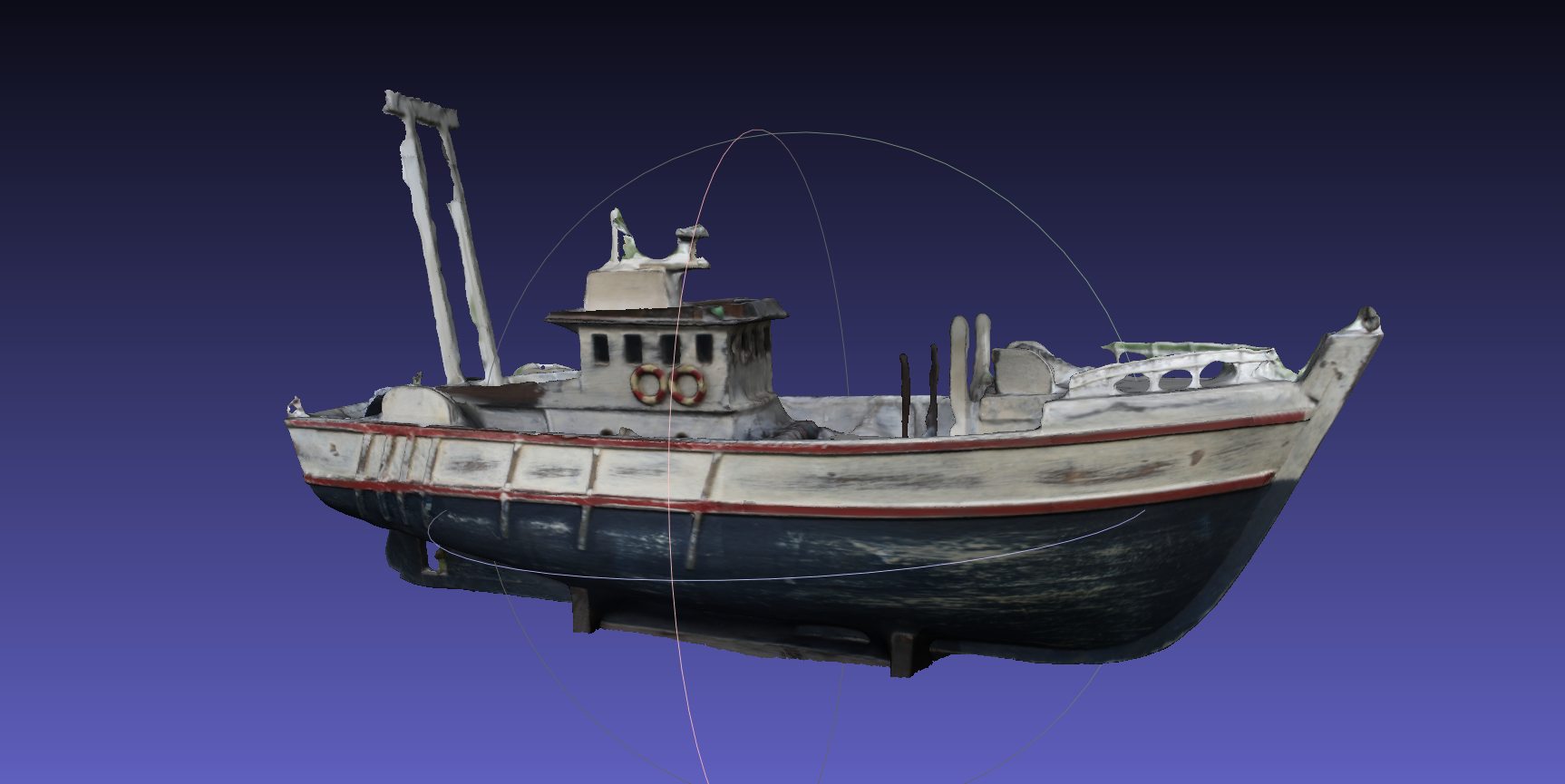
MetaMesh
Metamesh is a leading photogrammetry that requires a huge computer power as everything is done localy.
The process is quite linear, the interface helps to follow the steps one after the other.
Align Photos
![]() add Photos
add Photos
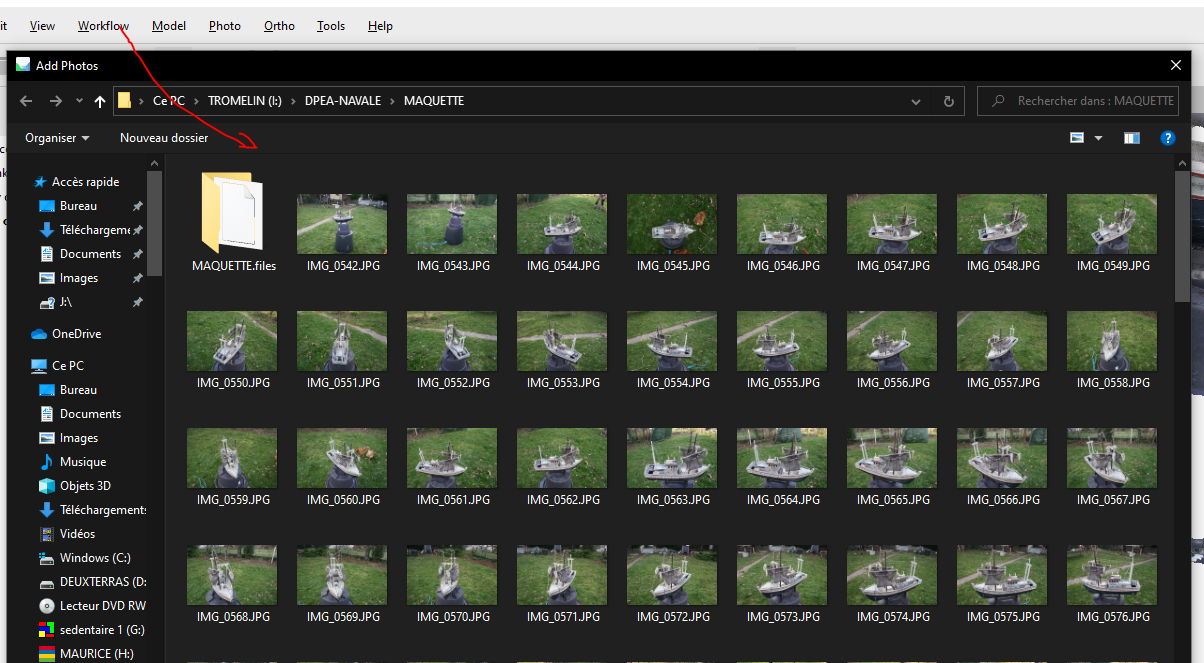
Then Workflow Align Photos
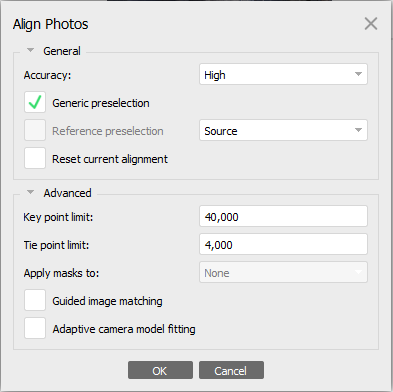
High gives good results if the photos have a good coverage rate.
Once done a parse Cloud is done.
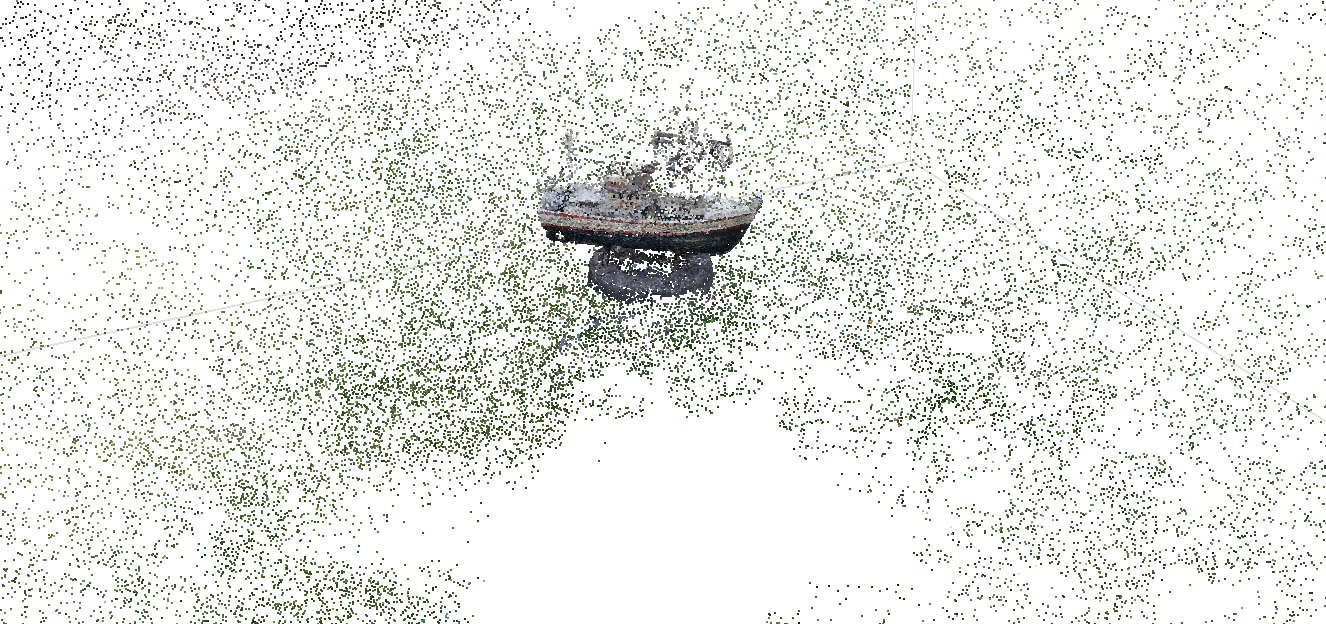
Visualizing the cameras allows to verify the good coverage.
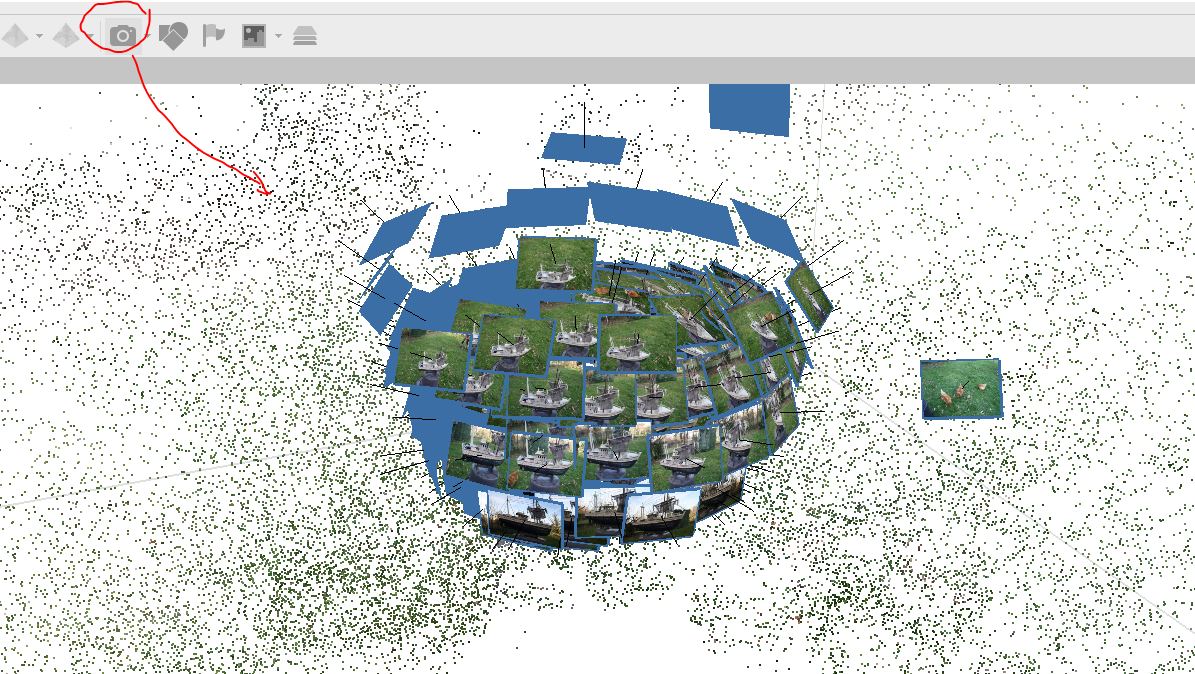
Dense Cloud
Next step is Workflow build Dense Cloud
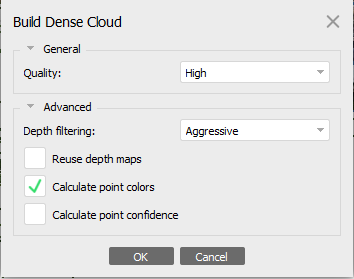
To better isolate the subject choose Aggressive
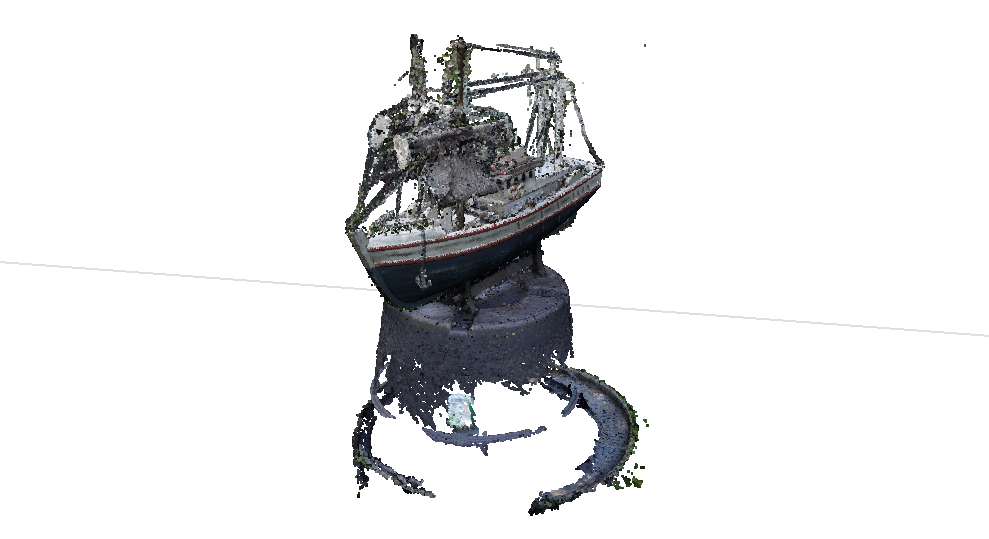
In our example the model gives a total of 5.586.475 points
Build Mesh
Next step is the meshing
Workflow Build Mesh, choose Dense Cloud
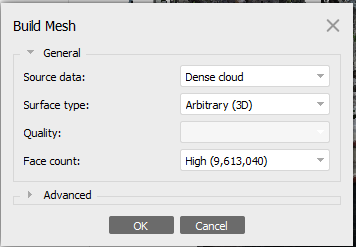
Once done we see that we can see that the hull is quite complete, problems are visible for all the very delicate objects and elements.
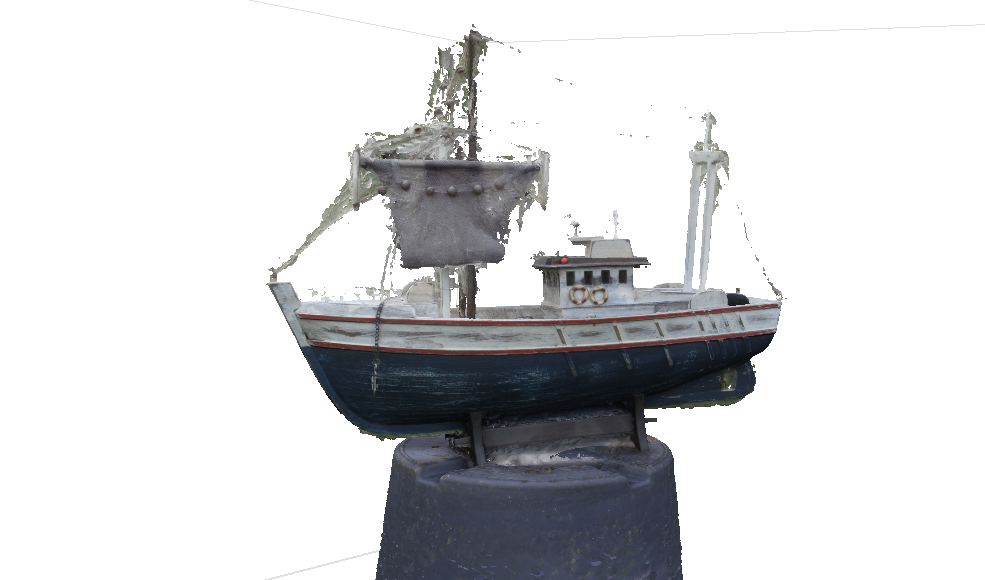
Final step texturing
Workflow Build Texture
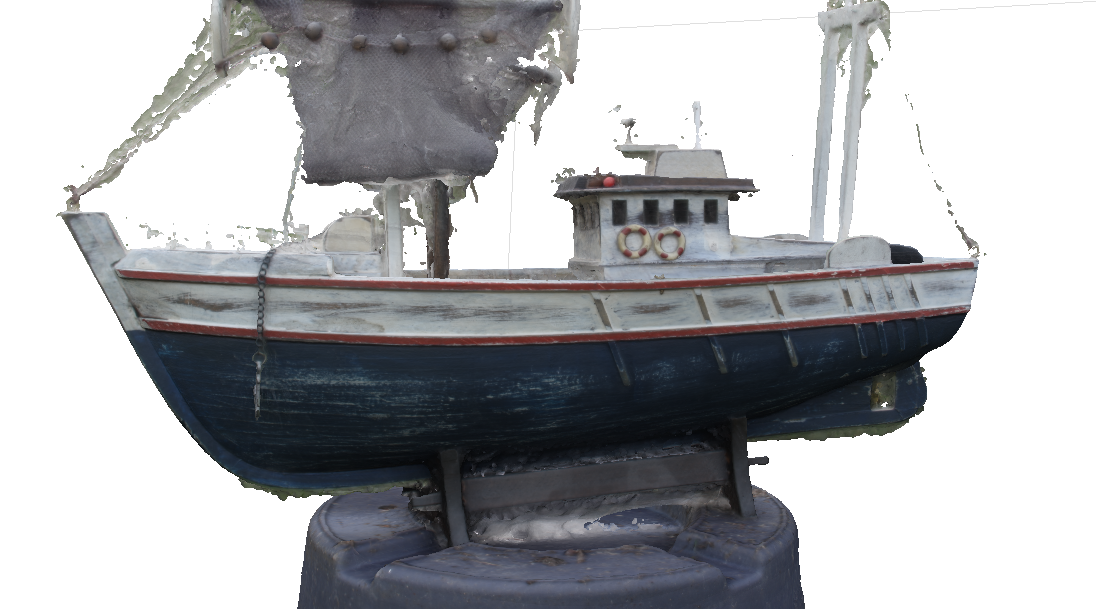
Duplicate the model to keep the original version….just in case. Right Mouse Button on the chunk name and Duplicate.
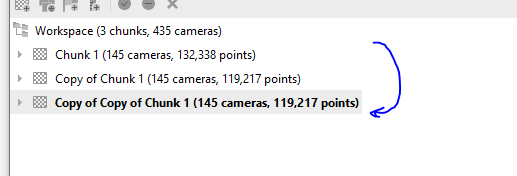
To scale the model, add at least 3 markers. Measure distances on the real model and set coordinates for the determined points.
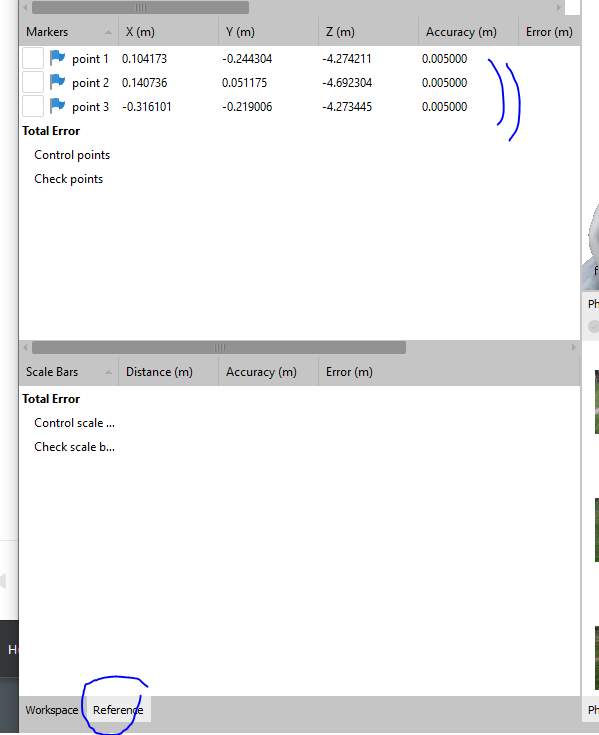
values

Never forget to reset

Decimation will simplify the geometry -> Tools/Mesh/decimate
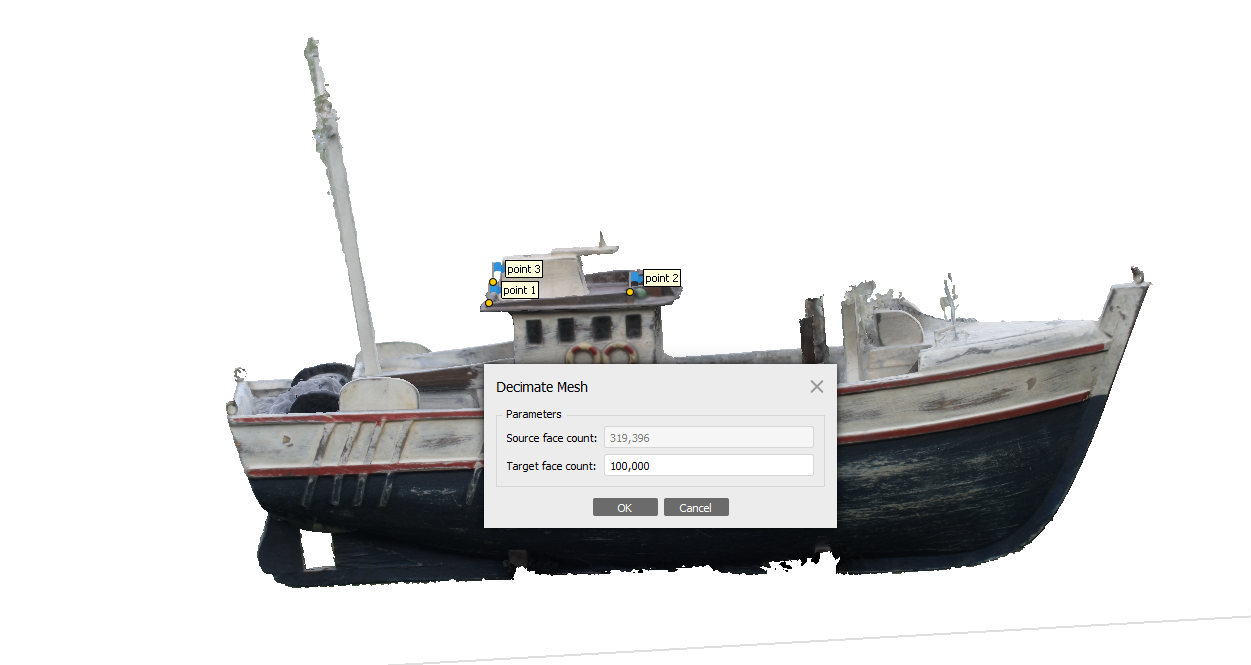
When not replacing the original model, it’s possible to keep the list of all resolutions
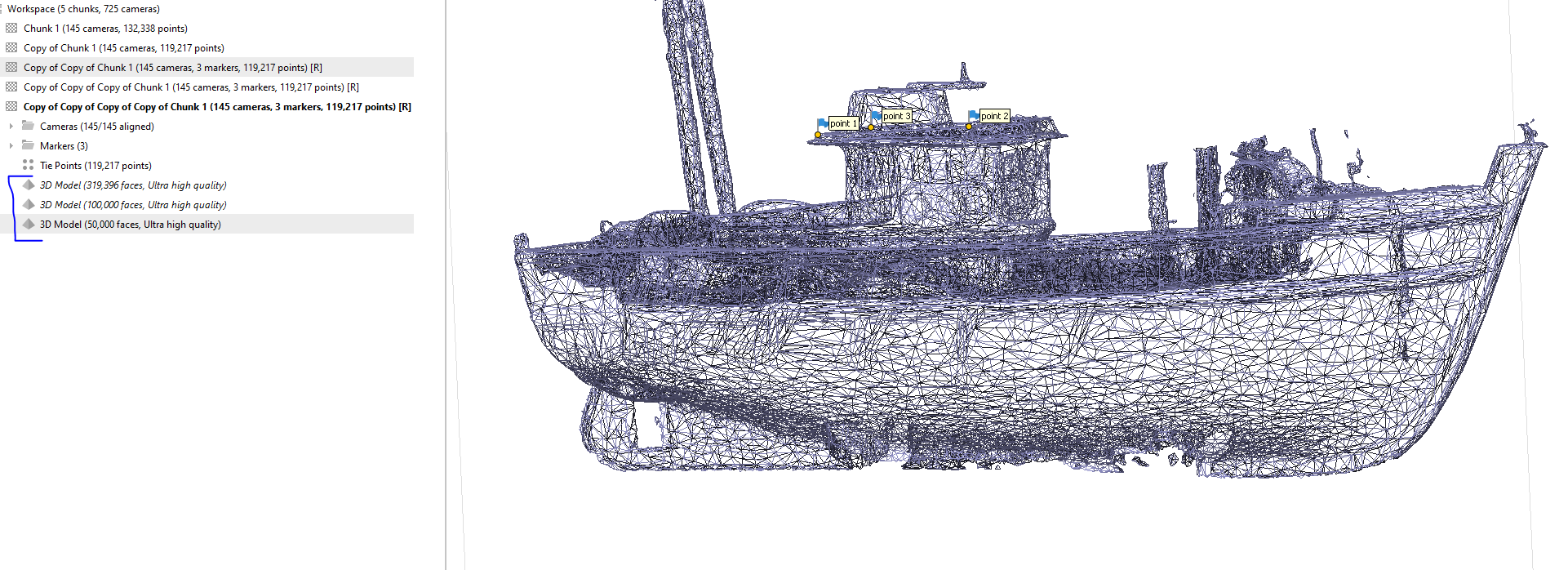
The 50 000 faces model is exported
Remeshing – Retopology
Instant Meshes is a very good software to simplify a complex geometry. It can be found here : https://github.com/wjakob/instant-meshes
Import the OBJ and set the target count. Here a high resolution is chosen
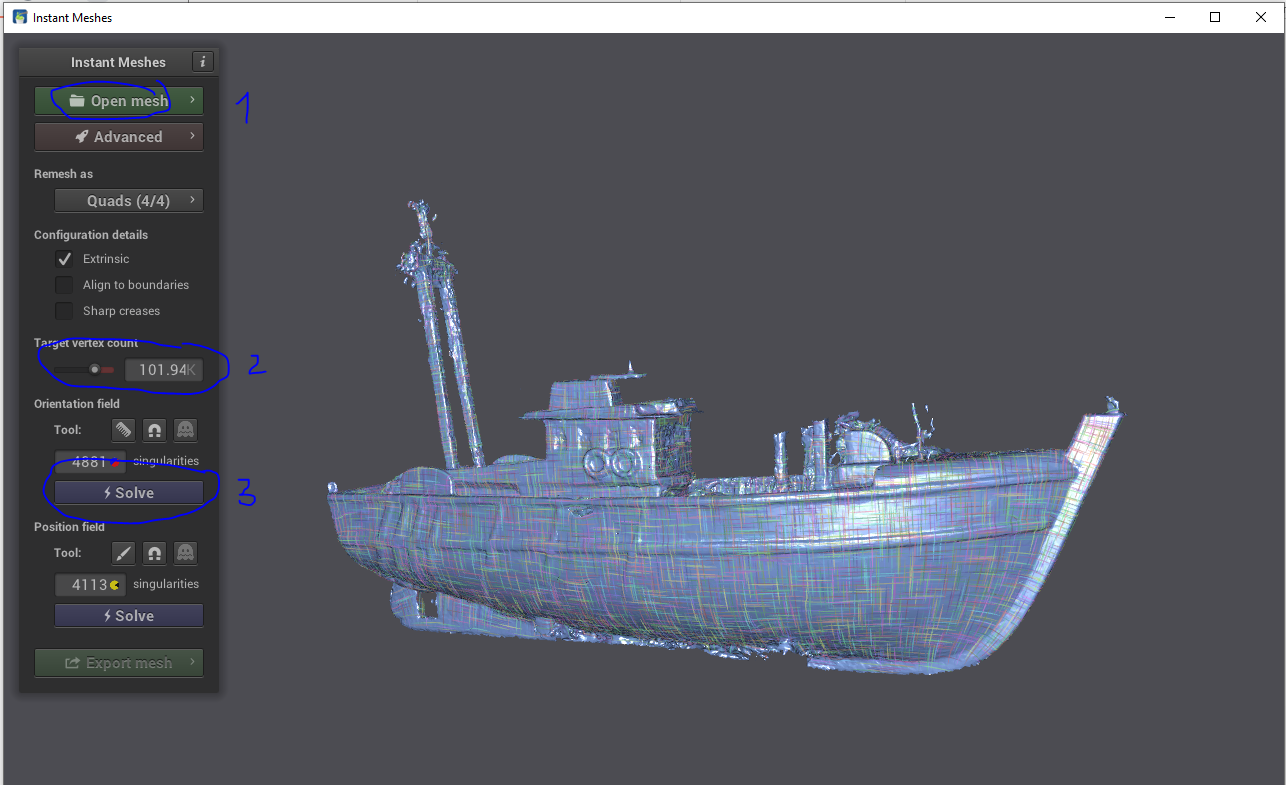
When solved, the little squares indicate the result
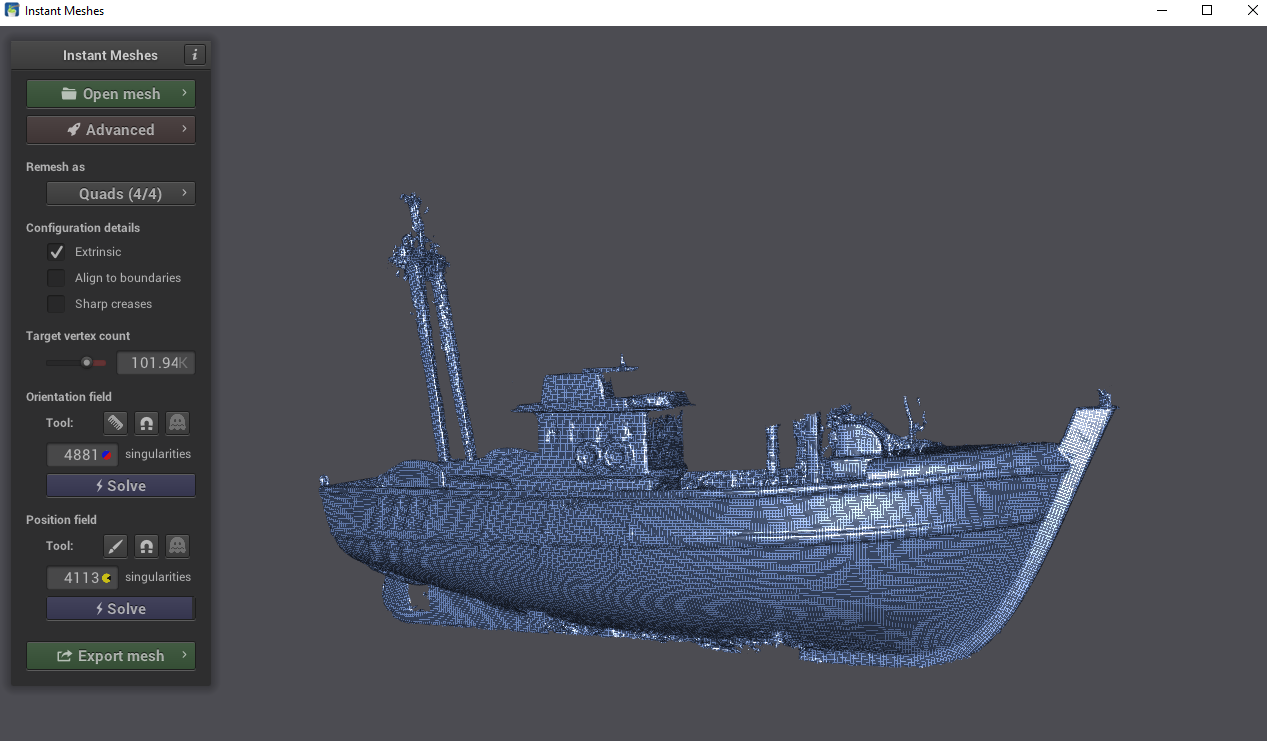
Export mesh to get the final result -> Extract Mesh
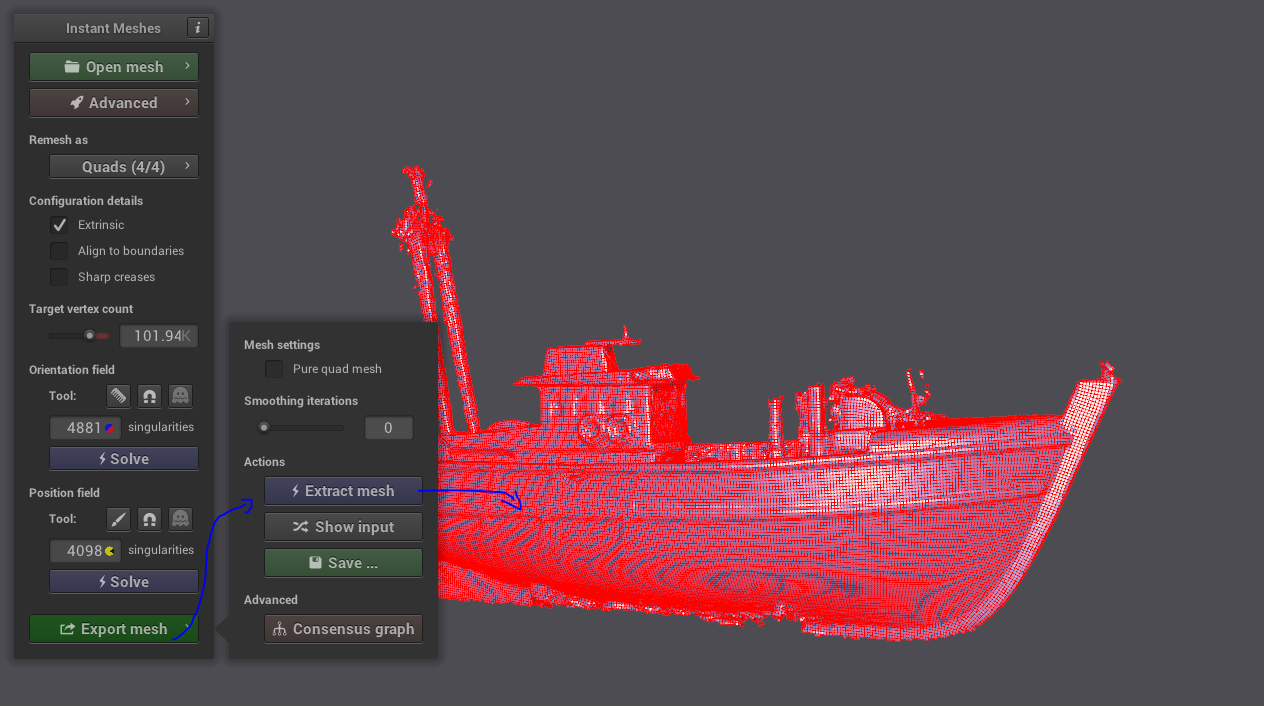
Result with 30 faces
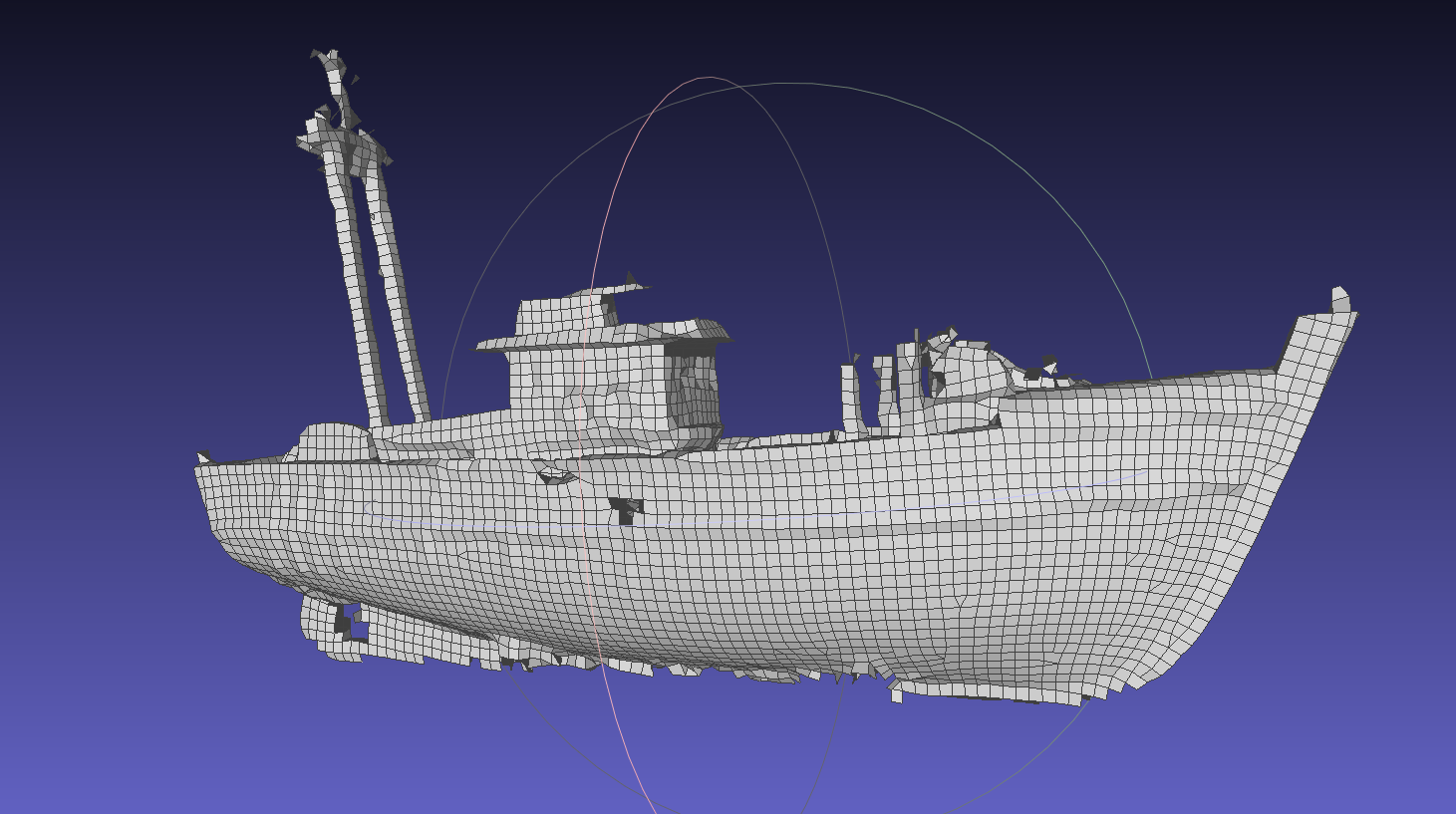
With 200 000
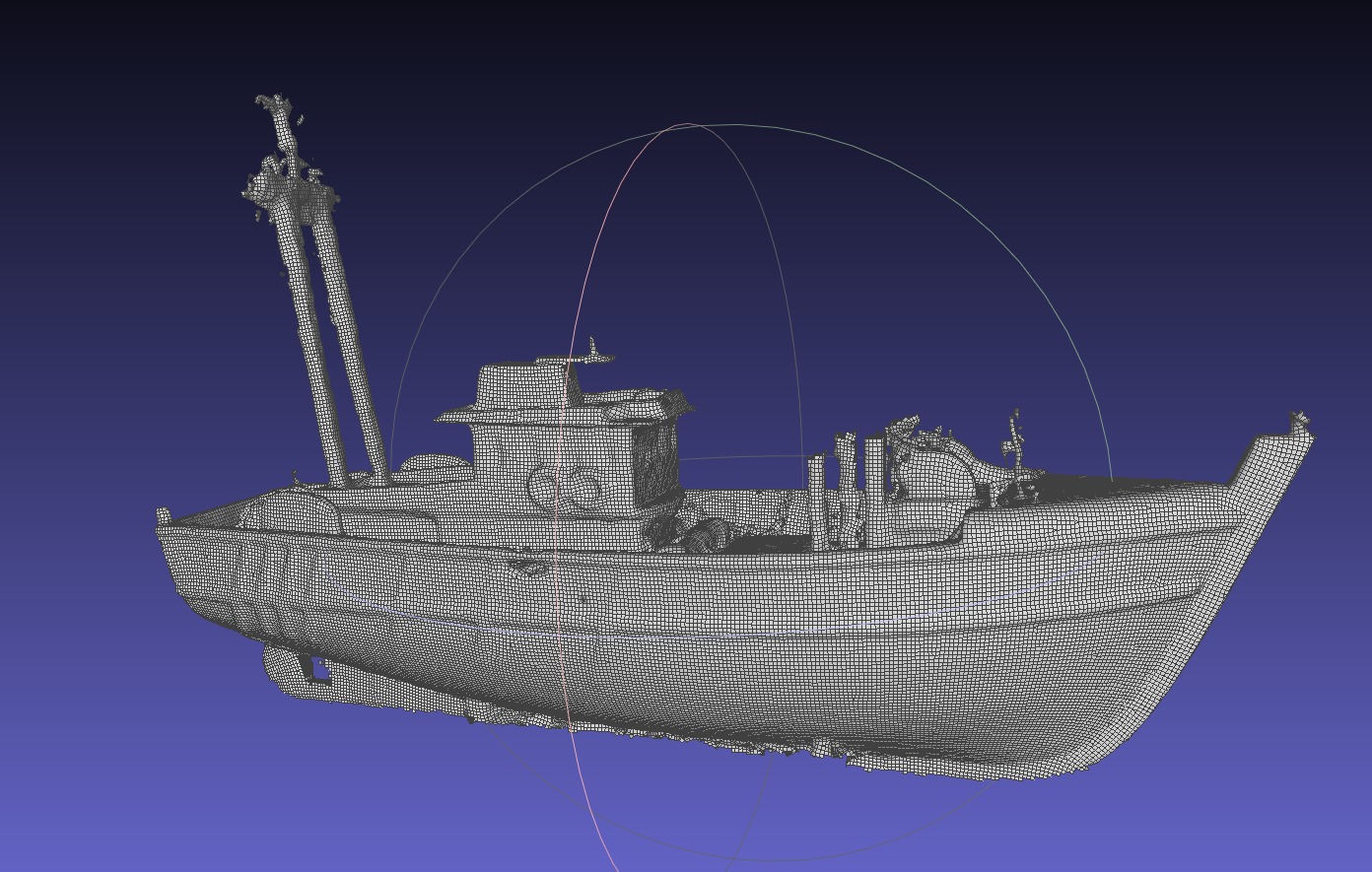
The first one is more than enough to be reworked in Rhino with Grasshopper.
Meshmixer (https://www.meshmixer.com/) can be used to fix some remaining errors
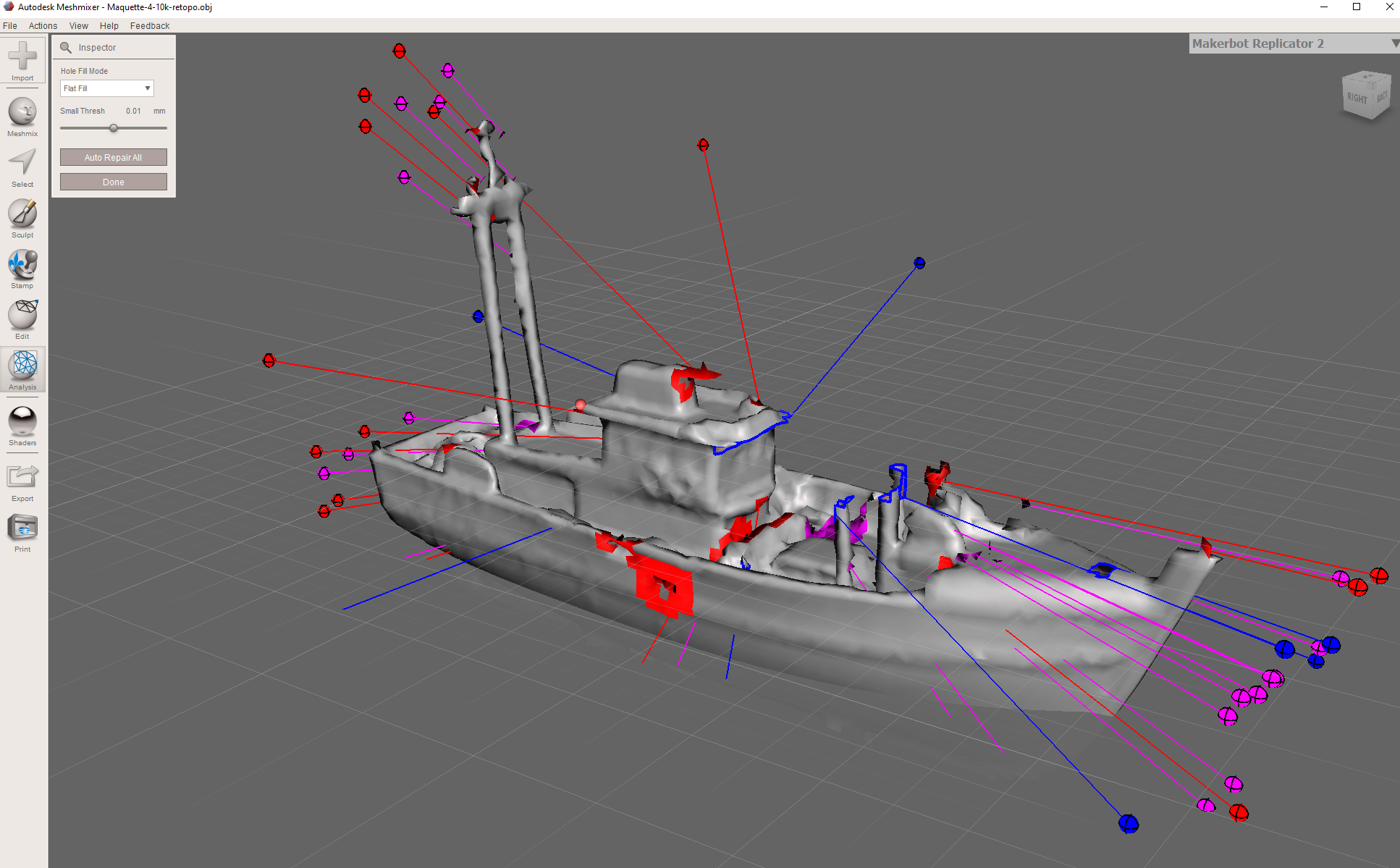
Grasshopper
Now Grasshopper can be used to redraw the hull
After importing the mesh in Rhino, a simple definition in Grasshopper allows to extract sections as curves.
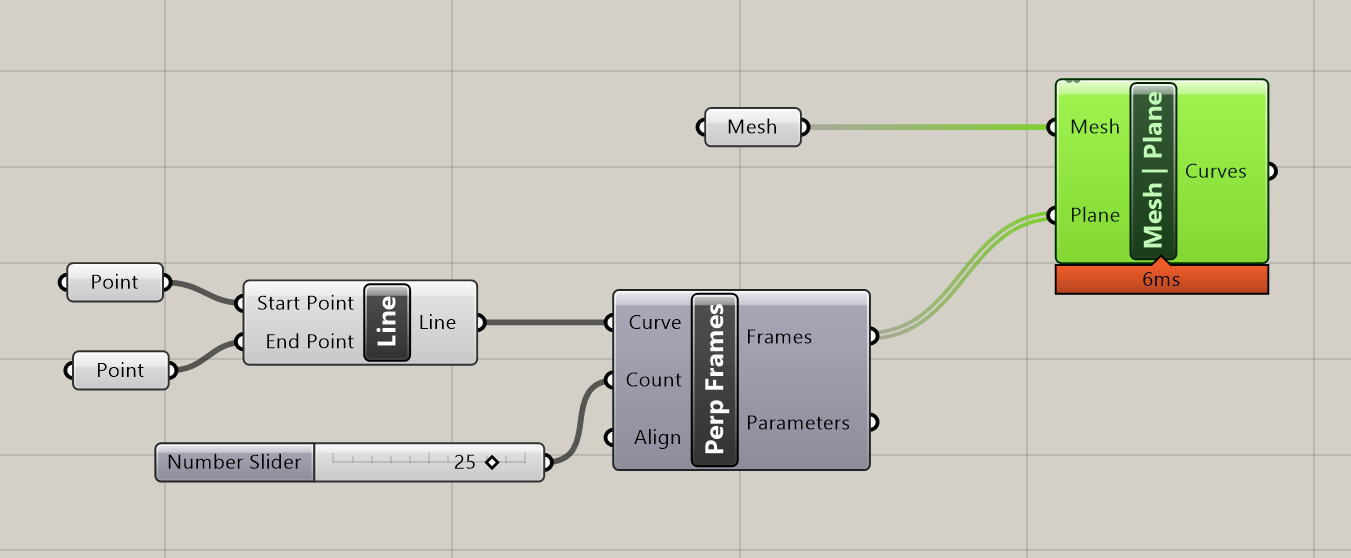
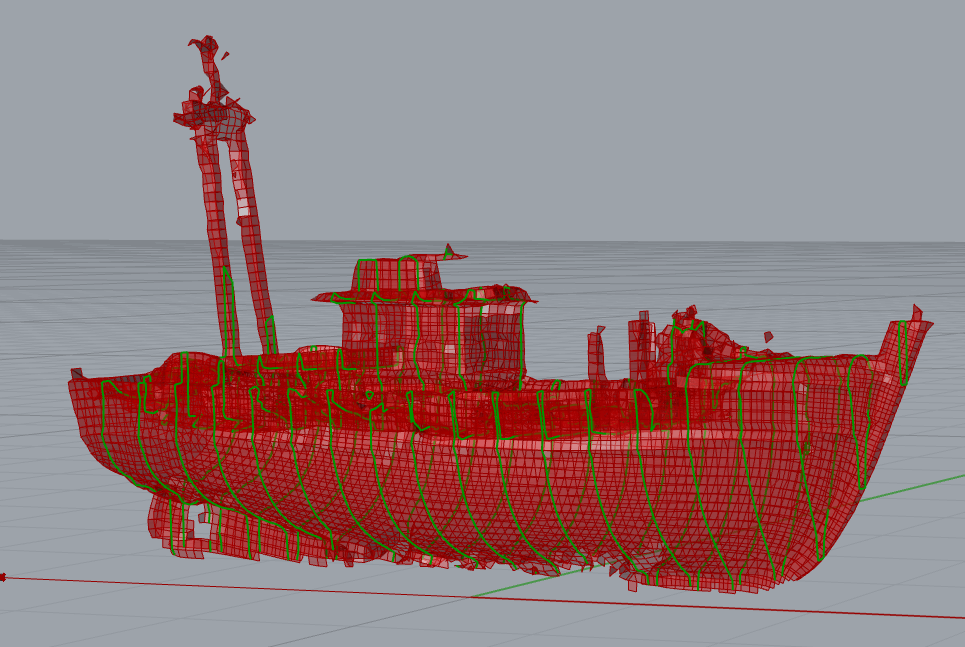
As the lowest part of the Hull as a bit messy, curves would have to be redrawn a bit
Ready for a VR experience?
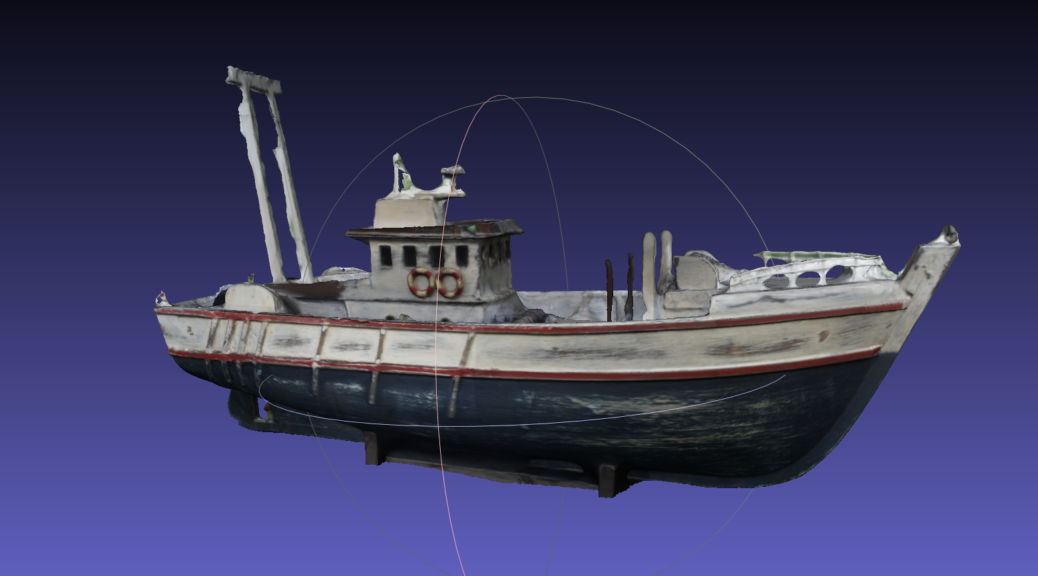
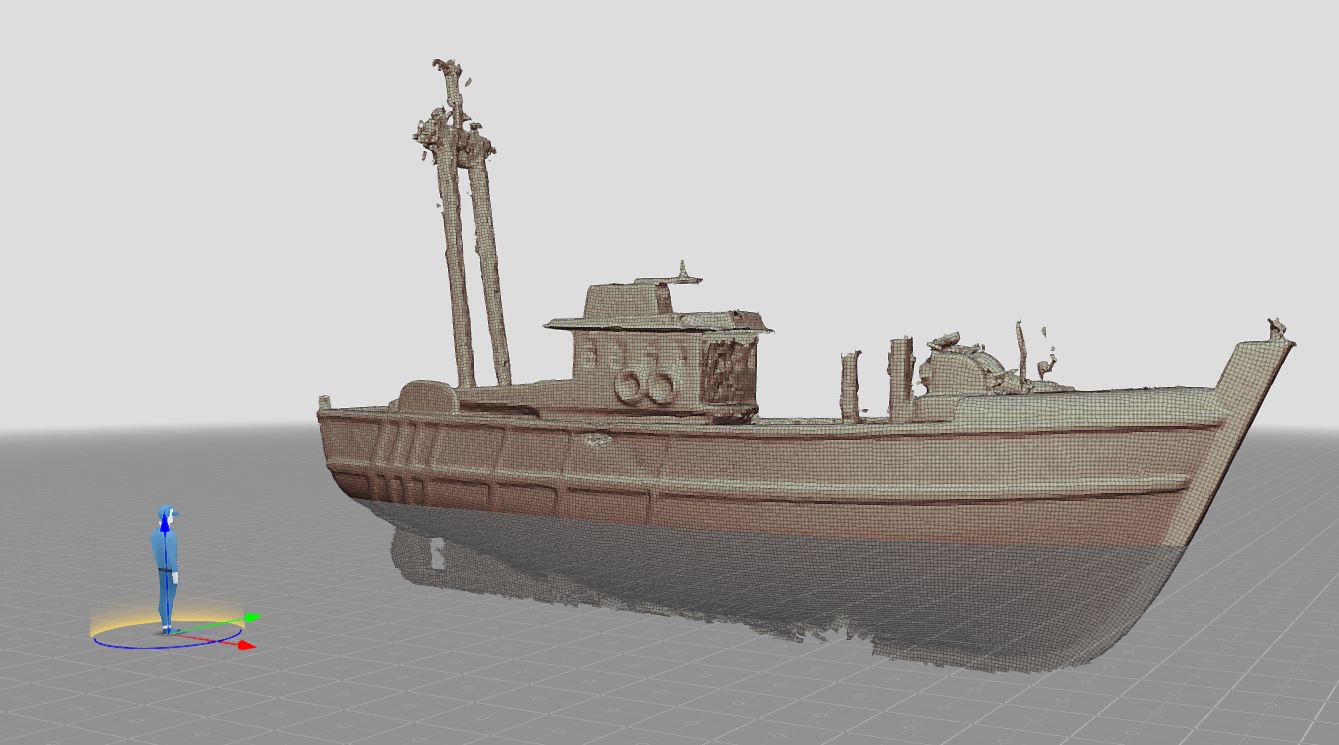
Bonjour,
La réalisation est très réussie. Je découvre d’autres utilisations de la photogrammétrie.